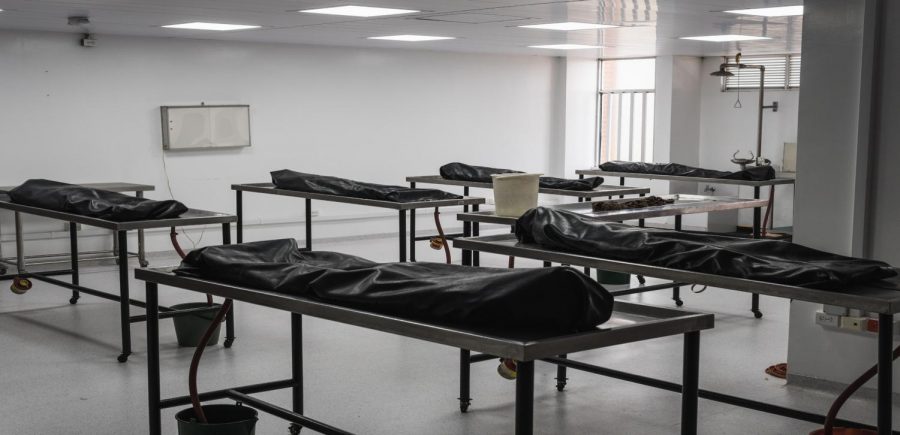The secret life of an American cadaver
Death is a tragic and undeniable part of every human’s life. What happens to our conscious entity is unknown. Surprisingly enough, there are many things that your body can potentially experience instead of rotting into nothingness six-feet under. For instance, you could end up in a University of South Florida lab where Danielle Marie Ryan, 26, works with “buckets full of brains.”
Cadavers are dead human bodies used in a broad variety of research and tests. They’re used as crash test dummies, to perform facelifts, or in the U.S. Army to test how weapons impact human bodies, just to name a few. However, according to Business Insider, about 80% of bodies donated to science are used for anatomy lab dissections.
Here are some examples of unexpectedly cringy things that can happen to your body after you die: you can have your body cremated by liquifying or through ashes (which can be used in jewelry, vinyl records, photo frames, etc.), donated to a farm for forensic anthropology research, Mayo Clinic or science (medical education, scientific research, or organ donation to improve the lives of others, etc.).
Ryan is currently a teaching assistant at the University of South Florida’s Morsani College of Medicine. She gained her first experience with human cadavers after volunteering in an optional gross anatomy lab during her master’s program. Ryan’s daily routine involves waking up in the dreary hours of the early morning and driving to the university before 7 a.m.
Dissecting bodies in the name of research sounds like a tough pill to swallow. Ryan breaks down what she learns from these cadavers, which are the variations in cadavers that are present in every individual. She also examines the similarities such as arterial branching and other different nerve branches.
When Ryan gets a body, she’s able to perform dissections for an extended amount of time. Ryan explains, “Every single body has a certain amount of variability, and they are all slightly different. They are commonalities, but as a whole everybody is different.” Ryan expresses that every time she works with these bodies, she becomes more and more accustomed to their distinct smell, and she can differentiate between each body. “We keep the [cadavers] saturated in a special fluid so they stay preserved. I remove the skin, clean arteries, veins and nerves,” Ryan adds.
During the process of embalming, several chemicals are used to preserve these cadavers. Some mainly used chemicals are formaldehyde, methanol and glycerin. The two main preservations that Ryan usually works with are ethanol and glutaraldehyde.
Working with such concentrated chemicals can pose major health risks. Ryan states that in the lab, there are “buckets full of brains that contain phenol, which is highly irritating to the human skin and is considered toxic via oral exposure.” However, in the two years she’s worked in the lab, no health risks arose.
Ryan shares why she works with cadavers, “I felt like working with the cadavers sparked an emotional connective experience, even though they passed already. I wanted to work with them to further educate medical professionals. It allows them to work with actual bodies rather than studying from a textbook for anatomy. They get hands-on experience with things they will see in their practices in their futures as physicians.”
Cadavers are a substantial key to studying authentic human life. If you are interested in becoming a future cadaver, register with your state’s local donor register for the transplant of organs and tissue. If you want to donate your whole body as a dissection cadaver, contact a body donation program or your local medical school. It just might change your life!

